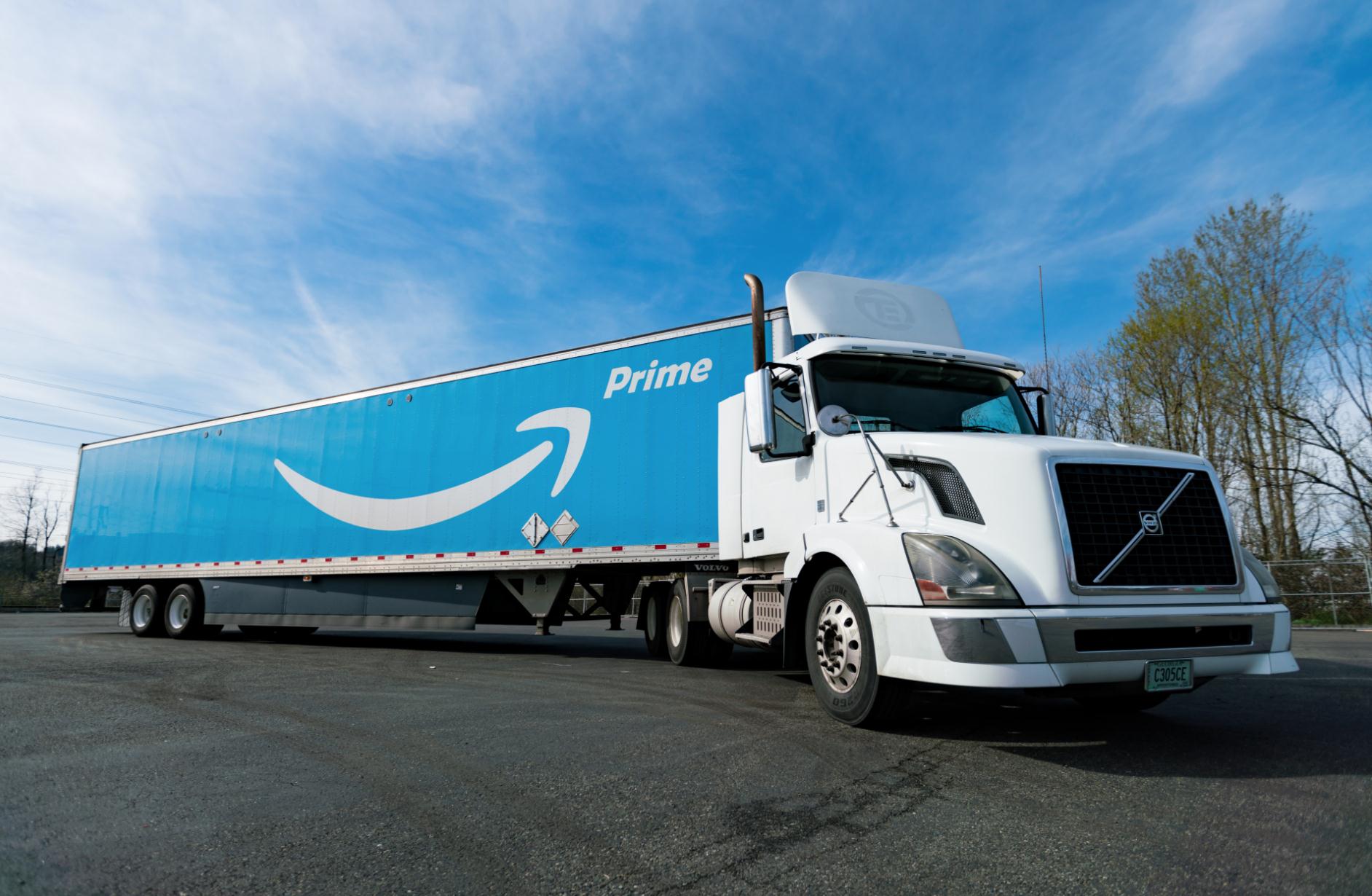Retail has given the world special days like Black Friday and Singles Day. It also spawned National Returns Day, which UPS declared for January 5 in its home market.
It is easy to see why. This year, the integrator expected to move about 1.3 million consignments of returned goods on that day and as many as 5.8 million items in the first full week of 2017, as Americans sent unwanted or tainted Christmas presents back to merchants.
Those numbers were up 30% and 16% respectively from the corresponding volumes on January 5, 2016, and the first week of that year, reflecting the rise of online shopping and improved ease of sending unwanted merchandise back.
This adds up to staggering volumes of cargo and lost revenue. According to one estimate, returns and excess inventory cost retailers around the world US$1.75 trillion in a year. Globally, return rates of merchandise ordered online are around 30%. They are significantly higher in some sectors, especially fashion. Consumers often order a garment in different sizes and return the ill-fitting ones, says Brian Bourke, vice president of marketing at SEKO Logistics.

Retailers feel they have no choice but to accept these margins. Bourke recalled debates not long ago whether or not placing a return label inside an outgoing shipment might elevate the chance of a return by offering an easy option to consumers, but it is now widely accepted that a cumbersome or costly returns process prompts shippers to abandon an online transaction. On the other hand, a positive returns experience encourages shoppers to deal with the same retailer.
“Online shoppers want the same level of choice, control and convenience making their returns as they do making their purchases,” says Teresa Finley, chief marketing officer at UPS.
“While returns can’t be eliminated, an easy-to-use returns experience should be one of several retail strategies to enhance customer loyalty and manage the cost of returns processing,” she added.
For that matter, most tend to regard returns as part of the overall logistics setup and turn to single providers for comprehensive solutions. B2B companies are more likely to still use separate logistics firms for their outgoing and returns traffic, said Bourke.
Shippers widely expect the merchant not to charge them for returns and abandon an online purchase if this is not the case. A survey of British retailers last year found that 57% fully shoulder the cost of the returns process.
Merchants are visibly trying to make returning goods easier for consumers. A study conducted by UPS found that between 2012 and 2016 the number of consumers who reported issues with returns payment dropped from 66% to 50%, complaints about restocking fee payments declined from 43% to 27%, and the number of consumers who reported delays in getting refunds sank from 41% to 27%.
While this is good news for consumers, the ramifications for merchants are dire. Only a fraction of returned items goes back on shelves to be sold again, while others languish in warehouses to be sold off well below price later on or go to waste entirely. By one estimate, as much as 30% of return items end up in landfill sites.
Increasingly, merchants leverage technology to whittle down this waste. Some employ inventory management software to determine whether to repair, repackage or scrap a return item, while others are turning to online auctions to dispose of their returned goods.
For logistics companies, this has brought a greater emphasis on vetting returned items to determine how they are going to be dealt with. “You need to understand the retail industry,” said Bourke. “At the end of the day, we are still freight people, but we do things like embroidery, ironing and steaming.”
Goods that are sold outside their home market should not have to travel back to the country of origin for that decision. “It should happen in the region where the goods were sent, not necessarily in that country but in the region,” Bourke said.
Last December, UPS invested an undisclosed sum in Optoro, a technology firm that provides end-to-end reverse logistics solutions with the intention of working with the startup to improve its own reverse logistics solutions. Optoro’s client list includes retail giants like Target, Best Buy and Home Depot.
The partnership between the integrator and Optoro sees UPS move the return merchandise and feed the data into the junior partner’s system to determine the most profitable option for each item.
Each merchant has its own set of rules for returns, from labels to the scheduling of deliveries, he noted. In addition, national or local recycling regulations have to be observed. Hence there is no standard process to handle returns.
“It’s different for each client, but we share best practices,” Bourke said.
By Ian Putzger
Correspondent | Toronto




